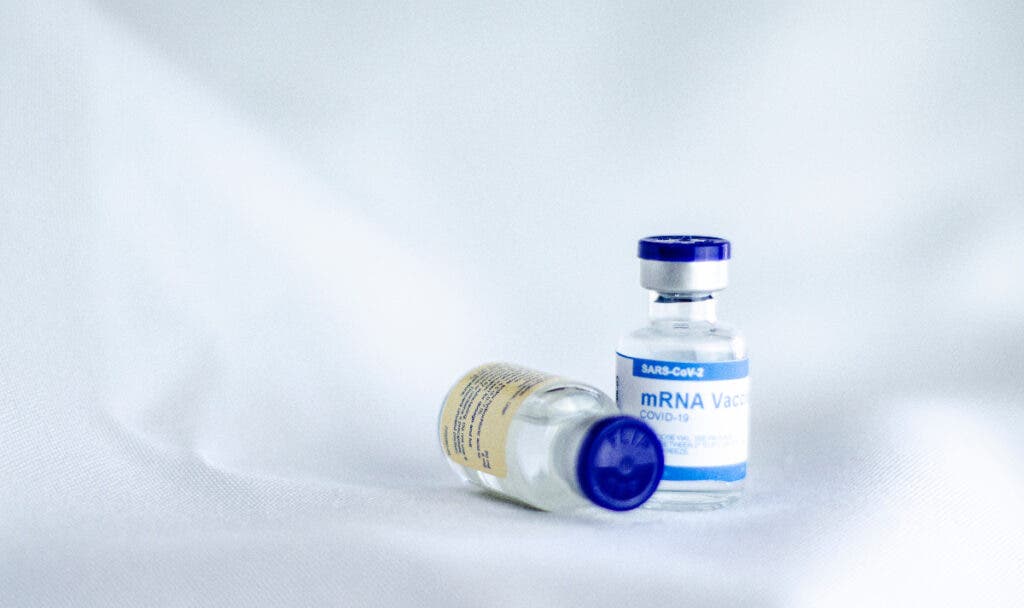
When the COVID-19 pandemic started, the world was understandably spooked. As much of society gradually went into lockdown, no long-term solution seemed in sight. After all, here was a novel disease for which there was no vaccine, and the timeline for vaccine development was normally 10 years minimum.
An extraordinary research effort was mounted, with several major international projects looking for vaccines that would be effective against this novel coronavirus. Hundreds of thousands of volunteers enrolled in the projects and thousands of researchers worked frantically for seemingly endless months. Some failed. But surprisingly, some succeeded — far sooner than expected. Within a year (give or take), we had not one, but several vaccines that offered protection against hospitalization and death from COVID-19.
While imperfect, it was still a spectacular triumph of science. But as the virus continued to mutate and new variants emerged, researchers started calling for a third dose — a booster that would enable our immune systems to fight even better against the virus. Now, we have over one year of data on hand.
Do vaccines/boosters actually help?
The short answer is: yes, absolutely.
Just look at data from the US, for example:
Around 66% of the people in the US have been fully vaccinated (people who have only received one dose of a two-dose course were not included in the data). Most of them have been vaccinated with the mRNA vaccines from Pfizer and Moderna, according to data from the US CDC.
You may be thinking that the data is skewed by different age groups (as some older age groups are more at risk from COVID-19). But no matter what age group you look at, the trend is similar: by far, the most at-risk group is the unvaccinated, and the booster offers even more protection.
In data from another country presented by Our World in Data, Switzerland shows a similar pattern:
However, the mRNA vaccines are among the most effective we have against COVID-19 — if not the most effective. When it comes to other vaccines, the situation is a bit different.
Not all vaccines are made equal
Take Chile, for instance. Chile has vaccinated over 90% of its population, mostly with the Sinovac vaccine, which is made in China. While the booster part of the population still enjoys a great deal of protection, the difference between the unvaccinated, and the vaccinated but non-boosted population is much smaller. Basically, it seems that the Sinovac vaccine doesn’t offer as much protection as the mRNA vaccines (although a booster still helps greatly).
This is probably the Omicron variant we’re seeing in action. Previous studies have suggested that two or even three doses of Sinovac offer insufficient protection against Omicron, although more data is still required on this, and a booster still seems to help.
The bottom line
While available vaccines seemed to offer protection against the original strains of the virus, new strains have brought challenges to vaccines, and the third dose of vaccine seems to be necessary at this point.
The main takeaway is that boosters really do help. Some vaccines are more effective than others, mixing and matching the booster also seems to work just fine, and against Omicron (which seems to have pushed all other strains out), two doses isn’t enough.
It’s still not clear why some vaccines fare worse against Omicron (Sinopharm also seems to be less effective against the strain, while AstraZeneca seems to work better), but regardless of which vaccine you took, you’re better off looking for a booster as well. Some countries are even offering a 4th booster, but that data is still coming in.
If you haven’t been vaccinated at all, then you’re still at the highest risk of disease.






